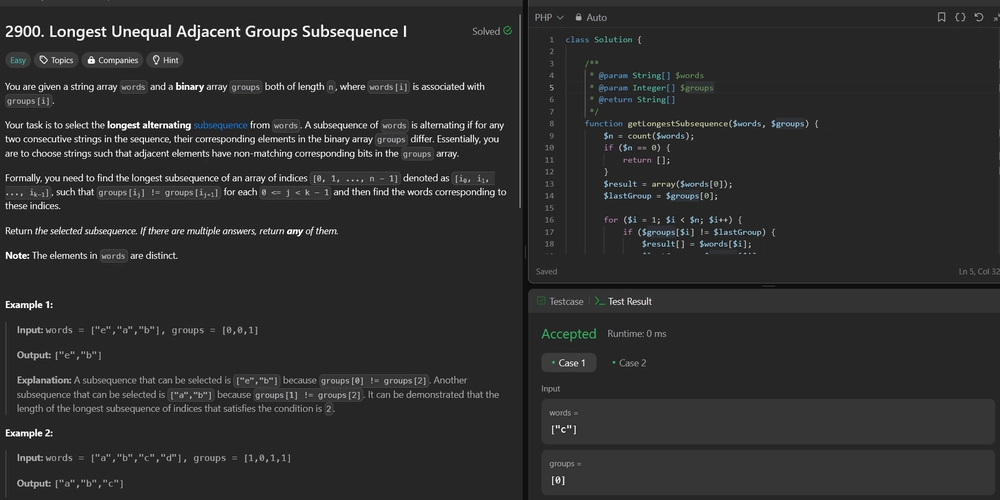Linux Security Essentials – Protecting Servers from Supply Chain Attacks
The Linux ecosystem, long celebrated for its open-source ethos and robust security architecture, faces an escalating threat landscape dominated by sophisticated supply chain attacks. Recent incidents, including the near-catastrophic XZ Utils backdoor, malicious Go modules delivering disk-wiping payloads, and compromised PyPI packages, highlight systemic vulnerabilities in software distribution networks. As attackers increasingly exploit trust in […] The post Linux Security Essentials – Protecting Servers from Supply Chain Attacks appeared first on Cyber Security News.

The Linux ecosystem, long celebrated for its open-source ethos and robust security architecture, faces an escalating threat landscape dominated by sophisticated supply chain attacks.
Recent incidents, including the near-catastrophic XZ Utils backdoor, malicious Go modules delivering disk-wiping payloads, and compromised PyPI packages, highlight systemic vulnerabilities in software distribution networks.
As attackers increasingly exploit trust in open-source repositories and maintainer access, safeguarding Linux servers demands a multi-layered defense strategy combining technical safeguards, community vigilance, and emerging standards like Software Bills of Materials (SBOMs).
The Rising Tide of Supply Chain Threats
The discovery of a backdoor in XZ Utils, a ubiquitous data compression library for Linux, exemplifies the “nightmare scenario” of insider-driven supply chain attacks.
In February 2024, a project maintainer using the alias “Jia Tan” inserted obfuscated malware into versions 5.6.0 and 5.6.1, altering the liblzma library to intercept Secure Shell (SSH) authentication via systems.
The exploit, tracked as CVE-2024-3094, could have granted remote attackers unfettered access to affected systems. Fortunately, Microsoft engineer Andres Freund detected anomalous behavior in Debian’s bleeding-edge distributions, preventing widespread deployment.
Parallel campaigns targeting language-specific repositories underscore the scale of the challenge.
In May 2025, three malicious Go modules-prototransform, go-mcp, and tlsproxy-delivered shell scripts that overwrote Linux systems’ primary disks (/dev/sda) with zeros, rendering them irrecoverable.
Similarly, PyPI packages like cfc-bsb and coffin2022 leveraged Gmail’s SMTP servers and WebSockets to exfiltrate data and execute remote commands, evading detection by masquerading as legitimate traffic.
Mitigating Risks: Best Practices for Linux Servers
1. Enforce Cryptographic Verification
Linux distributions and package managers must adopt rigorous signature-checking protocols.
While tools like APT (Debian/Ubuntu) and YUM/DNF (RHEL/CentOS) verify package GPG signatures by default, enabling repository metadata integrity checks thwarts attacks that spoof update channels.
The XZ incident revealed gaps in maintainer accountability, necessitating multi-party code review and automated checks for unauthorized changes.
2. Adopt Software Bills of Materials (SBOMs)
SBOMs provide transparency into software components, dependencies, and build processes. The U.S. Cybersecurity and Infrastructure Security Agency (CISA) advocates SBOM adoption to identify vulnerabilities and track provenance.
Tools like CycloneDX and Syft generate standardized SBOMs for Linux distributions and container images, enabling organizations to audit third-party code.
For instance, CycloneDX’s utility scans Alpine, Debian, and Ubuntu systems, mapping dependencies to mitigate risks like the XZ backdoor.
3. Implement Secure Boot and Reproducible Builds
UEFI Secure Boot ensures only cryptographically signed kernels and bootloaders initialize, blocking rootkits and bootkit attacks.
Projects like sbctl simplify kernel signing with platform keys, while reproducible builds verify that compiled binaries match source code, detecting tampering during compilation.
The Linux Foundation’s Civil Infrastructure Platform (CIP) emphasizes reproducible images for embedded systems, ensuring prebuilt binaries align with trusted sources.
4. Audit Dependencies and Limit Privileges
A 2024 study on package manager security revealed critical flaws in tools like CPAN, where disabled signature checks allowed malicious payloads to execute during installation.
Regular audits using SBOM tools and dependency scanners can flag suspicious modules. Additionally, restricting user privileges via SELinux/AppArmor and isolating build environments reduces the impact of compromised components.
The open-source community has mobilized to address supply chain vulnerabilities.
The Reproducible Builds project standardizes build processes across distributions, while CISA’s SBOM guidance outlines “baseline attributes” like component licenses and copyright holders to enhance traceability.
However, challenges persist: only 43% of PyPI packages use two-factor authentication, and many maintainers lack the resources to audit dependencies proactively.
Corporate stakeholders are also stepping up. Red Hat’s rapid containment of the XZ backdoor, limiting exposure to Fedora Rawhide and beta releases, demonstrates the value of tiered update channels and aggressive vulnerability scanning.
Meanwhile, new detectors use behavioral analysis to identify similar backdoors, offering a blueprint for heuristic-based defenses.
A Call for Collective Vigilance
Supply chain attacks exploit the interconnected nature of modern software development, turning trusted components into attack vectors. For Linux servers, resilience hinges on:
- Automated SBOM generation to map dependencies and flag anomalies
- Mandatory code signing for kernels, packages, and repository metadata
- Adoption of reproducible builds to validate binary integrity
- Continuous monitoring for unusual network activity (e.g., SMTP exfiltration)
Security leaders have noted that “SBOMs are not a silver bullet, but they are a critical first step in understanding what’s in the software we use every day.”
In an era where a single compromised maintainer can jeopardize millions of systems, the Linux ecosystem must balance its collaborative ethos with rigorous safeguards, proving that open source can remain innovative and secure.
Find this News Interesting! Follow us on Google News, LinkedIn, & X to Get Instant Updates!
The post Linux Security Essentials – Protecting Servers from Supply Chain Attacks appeared first on Cyber Security News.














































































